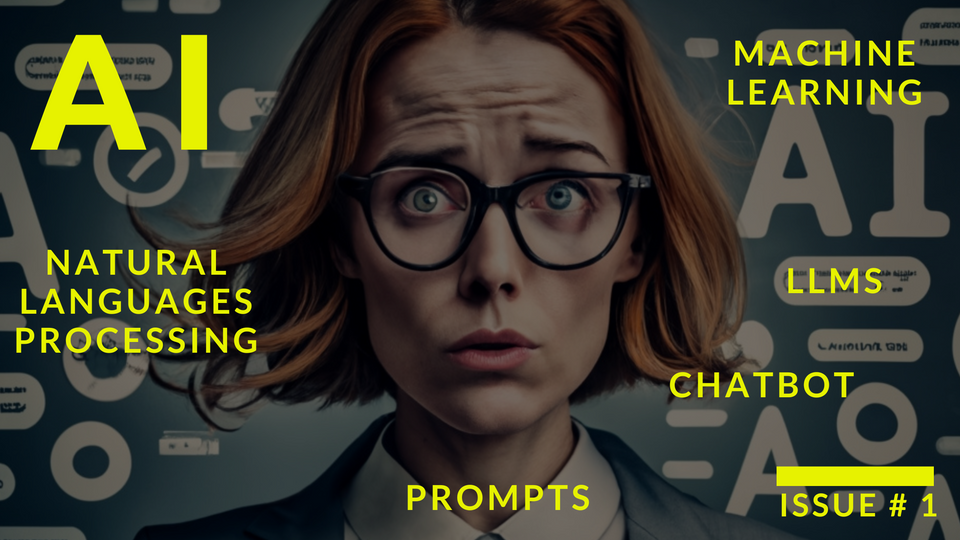Unleashing AI's Potential: The Science Behind Crafting Perfect Prompts

Understanding Prompt Engineering: Crafting Interactions with AI
In the realm of artificial intelligence (AI) and natural language processing (NLP), the concept of "Prompt Engineering" has emerged as a vital technique for shaping interactions between humans and AI models. Prompt Engineering involves the strategic design and formulation of prompts or instructions given to AI systems, with the aim of eliciting accurate, contextually relevant, and human-like responses. This technique has gained significant prominence due to its role in fine-tuning AI models to produce desirable outputs, making it a fundamental aspect of AI customization and control.
Demystifying Prompt Engineering
At its core, Prompt Engineering represents a creative and systematic approach to interacting with AI systems. By designing effective prompts, developers, researchers, and users can guide AI models towards generating specific types of responses. This process allows AI to be tailored for various tasks, from language translation and text generation to data analysis and code writing. Prompt Engineering not only improves the practicality of AI systems but also fosters a more intuitive and versatile user experience.
AI Models are not databases
If you believe that the responses you receive from AI are stored within a database, it's time to reconsider. This notion can be clarified through the following example: When we ponder data, our minds might easily conjure images of databases, files, tables, fields, and indexes. What ties all these concepts together? Location. A field finds its place within a table. This table, in turn, resides within a database, and said database finds its home on a hard drive, eventually positioned somewhere in the expanse of the cloud. However, the answers furnished by AI are neither preordained nor confined to a specific locale. Consider an apple—what springs to mind? The apple's shape, color, flavor, and more. These attributes encapsulate an apple's essence. Not once do you contemplate the apple's precise cerebral placement. Identification of an apple stems from its attributes. In a similar vein, AI models undergo training to anticipate responses based on prior assimilated knowledge or training.

Common AI terms
You can start getting familiar with common terminology used with Artificial Intelligence
Read list of AI terms along with brief explanations for each:
Artificial Intelligence (AI): The simulation of human intelligence processes by machines, especially computer systems, including learning, reasoning, problem-solving, perception, and language understanding.
Machine Learning (ML): A subset of AI that enables systems to learn from data and improve their performance on a specific task over time, without being explicitly programmed.
Deep Learning: A subfield of machine learning that involves neural networks with multiple layers, allowing the system to automatically learn hierarchical representations of data.
Neural Network: A computational model inspired by the human brain's structure and functioning, used for various tasks in AI and machine learning.
Natural Language Processing (NLP): A branch of AI focused on enabling computers to understand, interpret, and generate human language.
Supervised Learning: A machine learning approach where the algorithm is trained on labeled data, making predictions based on known input-output pairs.
Unsupervised Learning: A machine learning approach where the algorithm identifies patterns and relationships within data without labeled outputs.
Reinforcement Learning: A type of machine learning where an agent learns how to take actions in an environment to maximize a reward, learning through trial and error.
Data Mining: The process of discovering patterns, correlations, and insights from large datasets using various techniques.
Algorithm: A set of rules or instructions for performing a specific task, often used in AI and machine learning for data analysis and decision-making.
Feature Engineering: The process of selecting and transforming relevant features or variables from raw data to improve the performance of machine learning models.
Chatbot: A computer program that uses AI to simulate conversation with human users, often used for customer support or information retrieval.
Computer Vision: A field of AI focused on enabling computers to interpret and understand visual information from the world, similar to human vision.
Big Data: Extremely large and complex datasets that require advanced computational and analytical methods for processing and extracting insights.
Artificial General Intelligence (AGI): A level of AI that possesses human-like intelligence and the ability to understand, learn, and apply knowledge across a wide range of tasks.
Transfer Learning: A technique in machine learning where a model trained on one task is repurposed or fine-tuned for another related task, often saving time and resources.
Bias in AI: Unintended and unfair discrimination in AI systems due to biased training data or algorithms, leading to unequal treatment of different groups.
Ethical AI: The practice of designing, developing, and deploying AI systems in a way that respects ethical principles, human values, and societal well-being.
Generative Adversarial Networks (GANs): A class of machine learning models where two networks, a generator and a discriminator, compete against each other to improve the generation of realistic data.
AI Ethics: The study and implementation of moral and ethical principles in the design and use of AI technologies to ensure responsible and just outcomes.
On the next post I will be talking about the 10 most common questions about Prompt Engineering.
Thank you,
Oscar Sosa